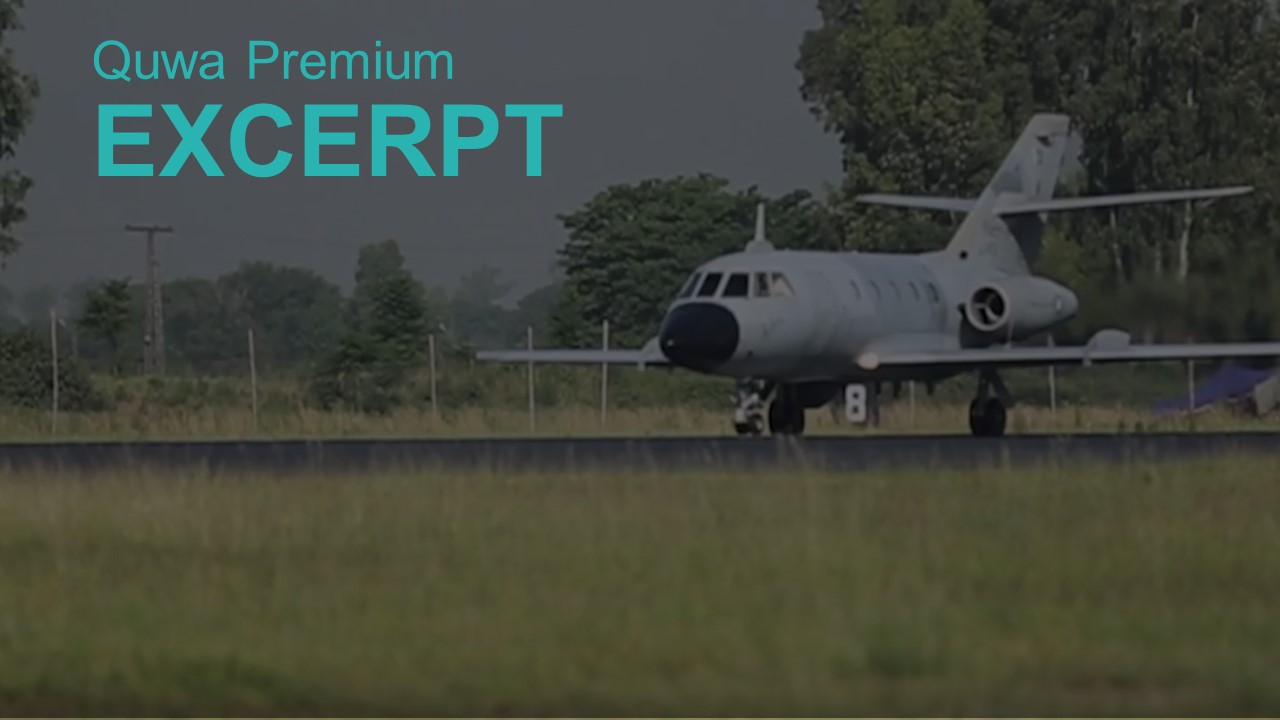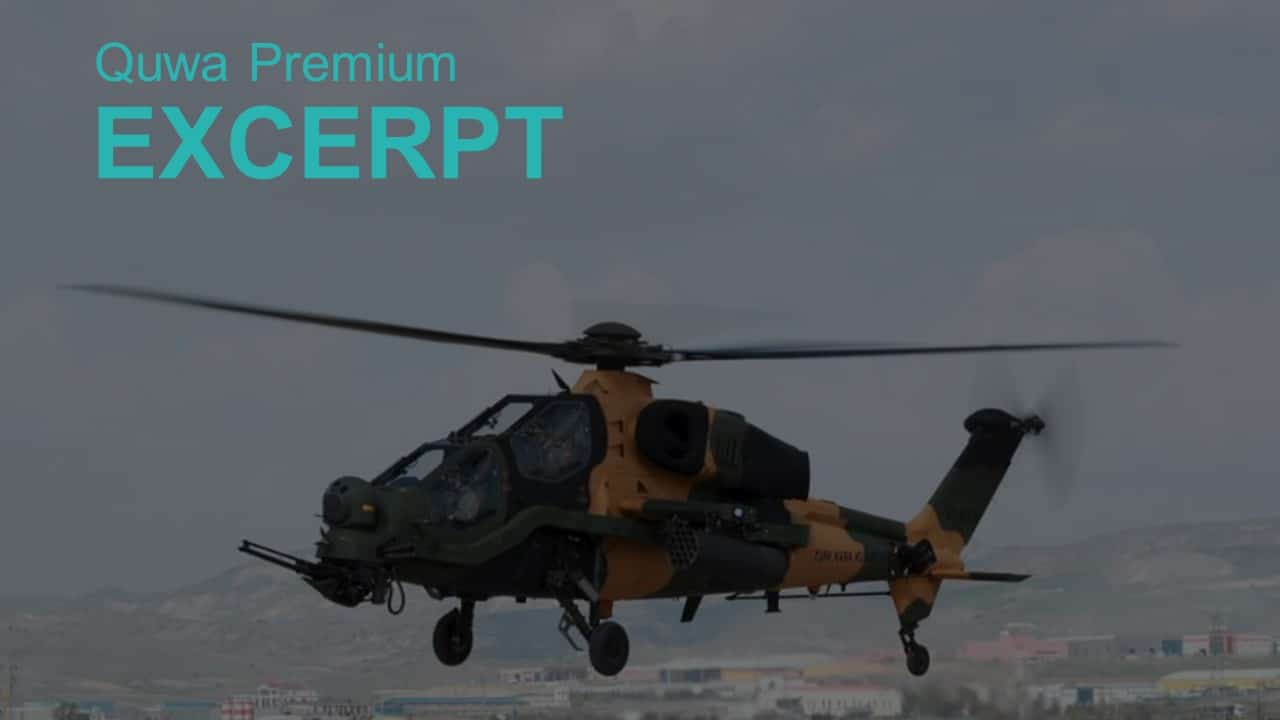37Views

Pakistan Must Diversify its Electronic Warfare Assets
This is the third article in Quwa’s series on the Pakistan Air Force’s (PAF) modernization goals by 2030. ‘Swift Retort’ was the first – and only – large-scale air operation in South Asia in recent years, and Quwa contends that its outcome will shape much of the PAF’s asset acquisition activities in the 2020s.
From the PAF’s viewpoint, Swift Retort validated a number of strengths, such as its ability to accurately hit targets using long-range weapons from 60-120 km away, or deploy a large number of aircraft with several support assets in one mission, among others.
However, while Swift Retort may have shown that the PAF is capable of operating as a contemporary or modern air force, it also magnified the need to maintain the supposed edge in those areas.
So, for example, if large scale operations can work against India, then it would make sense for the PAF to build the capacity to mount such campaigns more frequently (if not simultaneously). However, it would need a large force of modern multi-role fighters, which is why Quwa highlighted that the PAF should focus on acquiring more JF-17 Block-IIIs and JF-17Bs in part-two of this series.
In the third article of this series, Quwa will continue this discussion, but this time with a focus on the PAF’s little known – but important – electronic warfare (EW) and electronic countermeasures (ECM) assets.
Though the PAF lauded the role of EW/ECM in Swift Retort, it did not reveal much about what it deployed against India, except for its modified Dassault Falcon 20 EW/ECM aircraft. The PAF disclosed that it used the Falcon 20 EW/ECM aircraft to jam the Indian Air Force’s (IAF) communications.
However, by the PAF’s own admission, its success in jamming the IAF’s communications had more to do with gaps within the IAF – notably the lack of networking/data-linking between IAF aircraft at the time.[1][2]
The IAF is now working to solve the gap by acquiring the BNET software defined radio (SDR) from Rafael. SDRs are the basis of secure and high-speed voice and data communication between combat aircraft and other assets (i.e., tactical data links). This is an important step for the IAF, but it speaks to a bigger issue – the IAF is systematically working the gaps it knows the PAF had exploited in 2019.
End of Excerpt (416/2,014 words)
You can read the complete article by logging in (click here) or subscribing to Quwa Premium (click here).
Want the Latest News on the Pakistan Air Force? See:
- Pakistan Issues Tender for Radomes for TPS-77 MRR
- Pakistan Selects KLJ-7A AESA Radar for JF-17 Block-III
- Pakistan Makes Progress on Next-Gen Fighter Program
The PAF may have only revealed a small part of its actual EW/ECM capability, but by that same logic, the IAF could be working to reactively close its gaps and proactively deprecate the PAF’s EW/ECM capabilities…
[1] Sanjeev Verma. “IAF lacked ODL during Balakot strike, fighters jet went incommunicado.” Times of India. 15 December 2019. URL: https://timesofindia.indiatimes.com/city/chandigarh/iaf-lacked-odl-during-balakot-strike-fighter-jets-went-incommunicado/articleshow/72633716.cms
[2] Alan Warnes. “Operation Swift Retort: One Year On.” Air Forces Monthly. April 2020. Page 33


